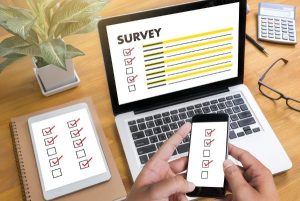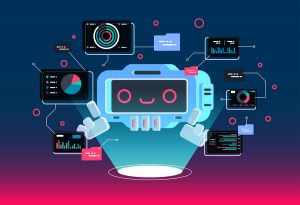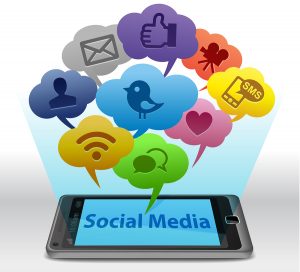
Improving the "customer" experience (CX) for citizens interacting with the government has been a focus for several administrations. The reason is that better experience equals improved trust in government. It's critical that our systems live up to the promise of government for the people.
Defining the Pieces of CX
A critical part of getting experience right is understanding the different pieces that make up a customer experience. Words like "experience" and "service" are often used interchangeably when talking about CX efforts, but it is important to understand some key differentiators. Continue reading





 Citizen Experience is a focus of the
Citizen Experience is a focus of the  Social media management platform, Hootsuite, recently released "
Social media management platform, Hootsuite, recently released "
